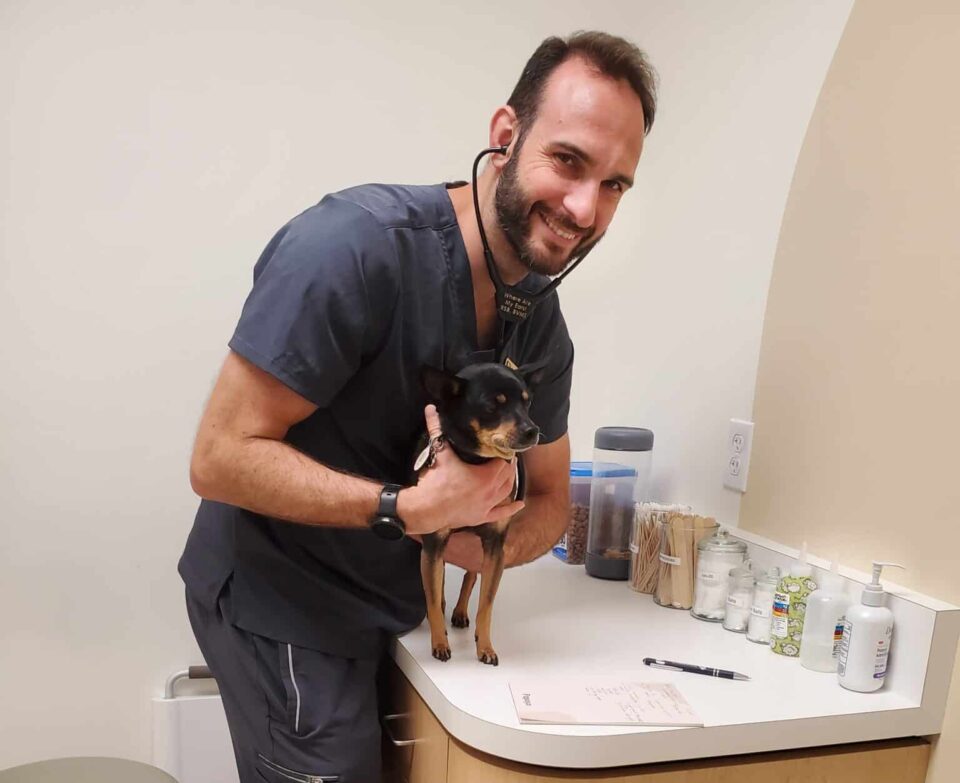Dogs
5 min read
4 Effective Flea & Tick Prevention Solutions for Dogs
Published on Nov 30, 2023

As responsible pet owners, ensuring our pet’s well-being is a top priority, and one significant aspect of their health is the prevention of flea and tick infestations. These pesky parasites aren’t just nuisances; they pose serious health risks to our beloved canine companions. In this article, we’ll delve into the world of flea and tick prevention, understanding these tiny adversaries and exploring effective preventive measures.
Understanding Fleas, Ticks, and Heartworm
Before we jump into the solutions, let’s take a moment to understand these tiny terrors. Fleas, those elusive acrobats, and ticks, the stealthy bloodsuckers, have life cycles that can turn into a pet owner’s nightmare. Throw heartworms into the mix, and the stakes get even higher.
Fleas can leap into an unsuspecting host’s fur, initiating a life cycle that includes eggs, larvae, pupae, and finally, the adult flea. A tick, on the other hand, latches onto a host for a blood feast. Understanding these life cycles is crucial in combating these invaders effectively.
The health risks these parasites and others like intestinal parasites in dogs bring along are nothing to scoff at. From skin irritations and allergic reactions to more severe conditions like Lyme disease and spotted fever, the threats are real and worrisome.1 Tapeworms are also caused by the ingestion of fleas.
Implementing an effective flea and tick prevention method can help avoid the pet bloodwork and hassle of diagnosing and treating these diseases. This is where our responsibility as pet owners steps up—nurturing our pets involves shielding them from these potential dangers.
Signs of Fleas and Ticks
Recognizing the telltale signs of fleas and ticks is the first line of defense in our mission to protect our four-legged family members. Keep a watchful eye for excessive scratching, redness, or the presence of tiny black granules on your pet’s skin—often referred to as flea dirt.2 Ticks, on the other hand, may manifest as small, dark bumps or even engorged, swollen nodules.3 Vigilance in observing these signs allows us to detect and address infestations early, ensuring our pets’ comfort and well-being. After all, understanding these signs is akin to deciphering a secret language our pets might not be able to vocalize but profoundly feel.
4 Effective Canine Flea & Tick Prevention Solutions
Now, let’s dive into the solutions, those frontline defenders against the tiny terrors lurking in the shadows. There’s no one-size-fits-all approach, and the variety of preventive measures available cater to different preferences and needs.
- Topical Treatments: These warriors come in the form of spot-on treatments, making application a breeze. A few drops on the back of your pet’s neck, and they’re armed against fleas and ticks. Easy, convenient, and effective, these treatments often provide month-long protection.
- Oral Medications: For pet owners seeking a hassle-free approach, oral medications are a tasty solution. From chewable tablets to flavored treats, these preventatives not only repel fleas and ticks but also tackle heartworms, offering comprehensive protection in a single bite.
- Collars: The unsung heroes of flea and tick prevention, a flea or tick collar is like a fortress around your pet’s neck. It emits protective agents that repel fleas and ticks, offering long-lasting defense. Seresto flea collars, for instance, is a popular brand that stands out as a reliable choice for large dogs.
- Tick Shampoo and Sprays: When it’s bath time, why not turn it into a shield-building session? Flea and tick shampoos and sprays provide immediate relief by eliminating adult fleas and ticks on contact, giving your furry friend a refreshing cleanse.
It’s crucial to note that while these solutions are readily available, consulting a veterinarian is paramount. They’re the trusted guides, tailoring recommendations based on your pet’s unique needs and health considerations.
Popular Flea and Tick Medicines for Dogs
When it comes to flea and tick medicines, here are a quick roundup of some leading products:
Simparica Trio: This chewable tablet is an all-in-one tablet given orally, once a month. It protects to your dog from heartworms, fleas, ticks, and other common intestinal parasites.
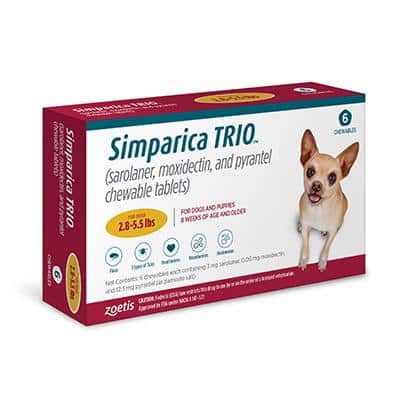
Bravecto Chew: This oral flea and tick medication offers up to 12 weeks of protection with a single chew. Convenient and effective, it’s a favorite among pet owners.
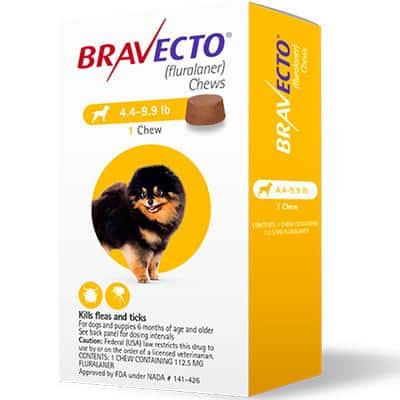
Frontline Plus: A topical treatment known for its swift action, Frontline Plus not only kills adult fleas and ticks but also halts the development of flea eggs and larvae on your dog.
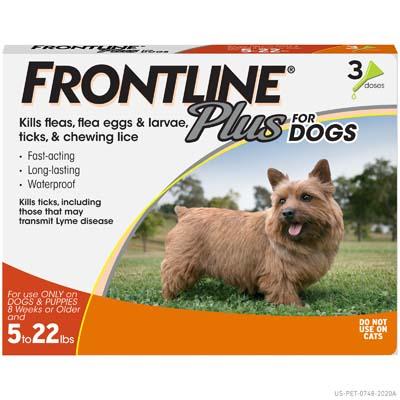
Seresto Flea Collar: A long-lasting collar designed for large dogs, Seresto stands tall against fleas and ticks, providing up to 8 months of protection. A hassle-free option for pet owners on the go.
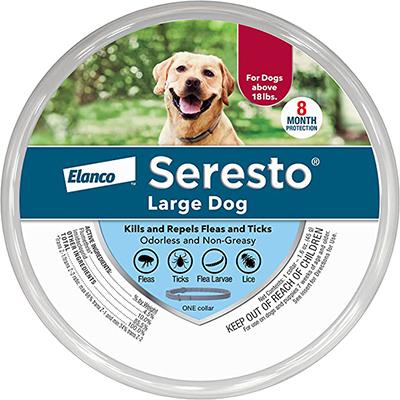
Advantix II: Combining imidacloprid and permethrin, this topical treatment not only kills fleas and ticks but also repels mosquitoes—ideal for adventurous pets.
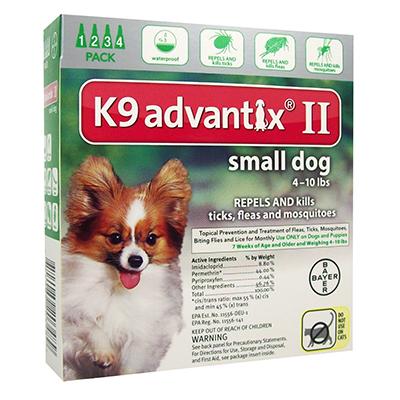
Application and Dosage Guidelines
Now that we’ve armed ourselves with the right preventive measures, let’s talk application. Whether it’s a topical treatment, an oral medication, or a collar, following the dosage guidelines is non-negotiable. Consistency is key, ensuring that our furry companions receive the full extent of protection these solutions offer.
Remember, each product comes with its own set of instructions, so take the time to read and understand them. And if uncertainties linger, a quick call to your veterinarian can provide the clarity needed for a confident application.
Combating Heartworm in Conjunction with Flea and Tick Prevention
As diligent pet owners, we mustn’t overlook the interconnected nature of health risks. Heartworm, a potentially fatal parasite transmitted by mosquitoes, can coexist with fleas and ticks. Combining preventive measures for all three is a strategic move in keeping our pets safe and healthy.
Products like Simparica Trio cover fleas, ticks, heartworms and most common intestinal parasites. It’s a win-win scenario for our furry family members.
Tips for Effective Prevention
Beyond the realm of preventive products, creating a flea and tick-free haven involves a holistic approach. Here are some practical tips to fortify your defenses:
- Regular Grooming: Brushing your pet’s fur not only strengthens your bond but also helps spot and remove any unwanted hitchhikers.
- Clean Living Spaces: Regularly vacuuming and cleaning your pet’s bedding can significantly reduce the chances of flea eggs hatching in your home.
- Avoiding High-Risk Areas: Steering clear of known tick-infested areas, especially during peak tick season, adds an extra layer of protection.
Combating Fleas and Ticks with Papaya Pet Care
Our furry companions bring immeasurable joy and love into our lives, and their well-being is a responsibility we gladly shoulder. Flea and tick prevention isn’t just a task; it’s an expression of our love and commitment to these integral members of our families. So, let’s arm ourselves with knowledge, consult our trusted veterinarians, and embark on this journey of protection, ensuring our pets live their happiest, healthiest lives. After all, they’re not just pets; they’re family.
At Papaya Pet Care, we offer a range of veterinary solutions, from routine check-ups and microchipping to specialized care, ensuring that our pets receive the comprehensive attention they deserve. Papaya Pet Care is here to assist on the journey of flea and tick prevention so you can care for your pets with even greater confidence.
Sources:
- PetMD. Flea and Tick Prevention and Treatment for Dogs. https://www.petmd.com/dog/general-health/flea-and-tick-prevention-and-treatment-dogs.
- PetMD.What do Fleas Look Like on Dogs?. https://www.petmd.com/dog/what-do-fleas-look-dogs.
- PetMD. What Does a Tick Look Like on Dogs?. https://www.petmd.com/dog/what-does-tick-look-dog.



